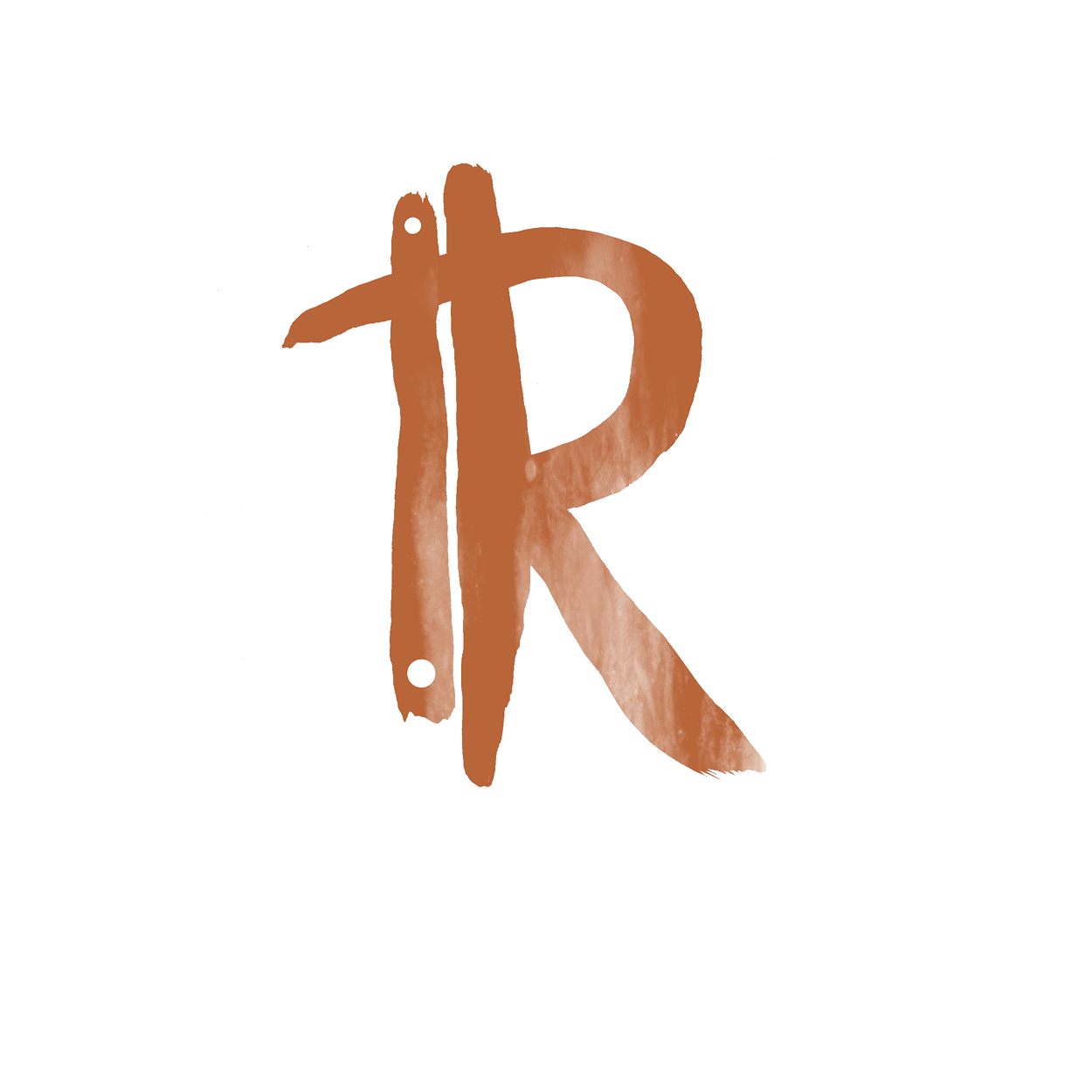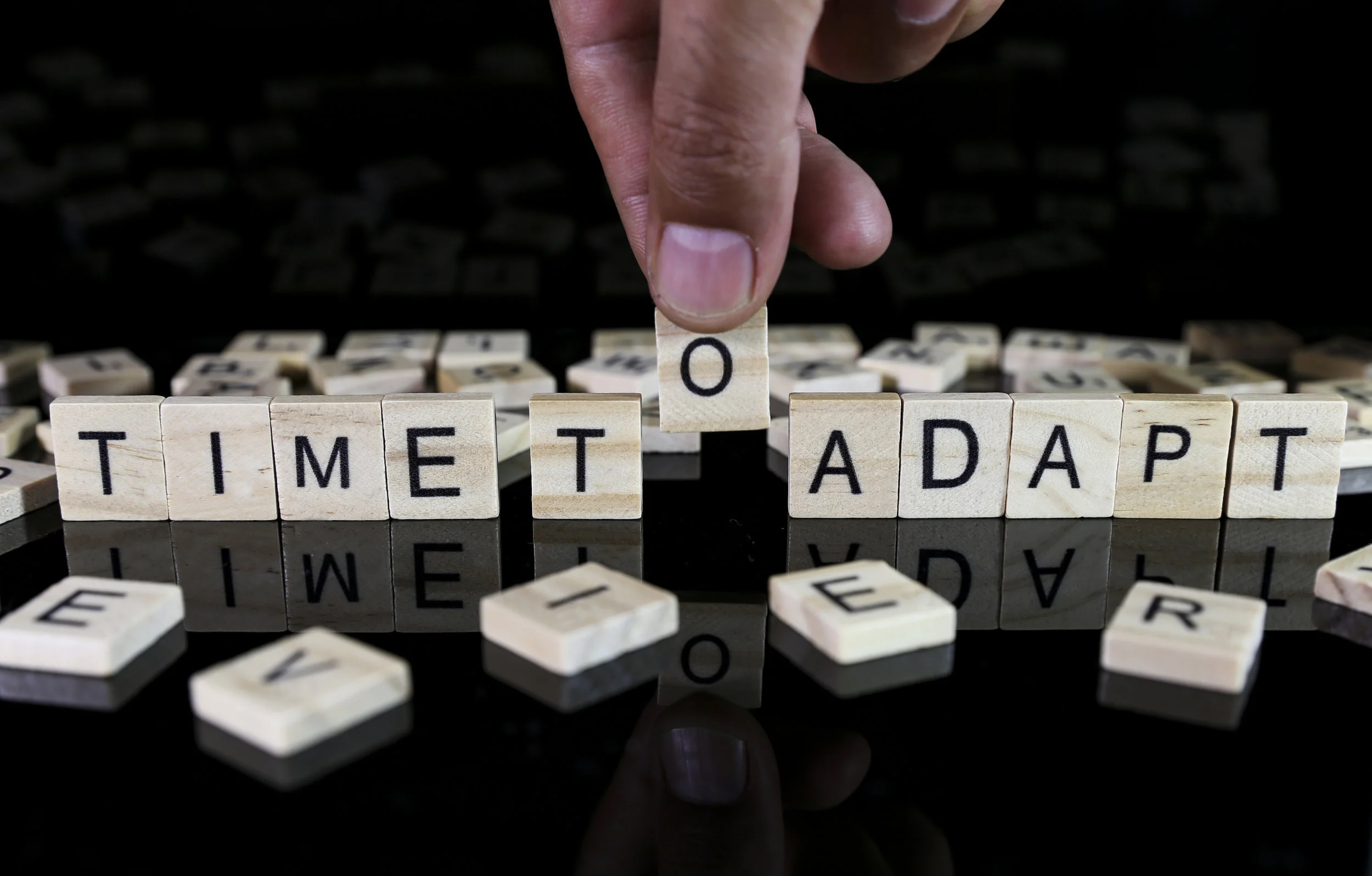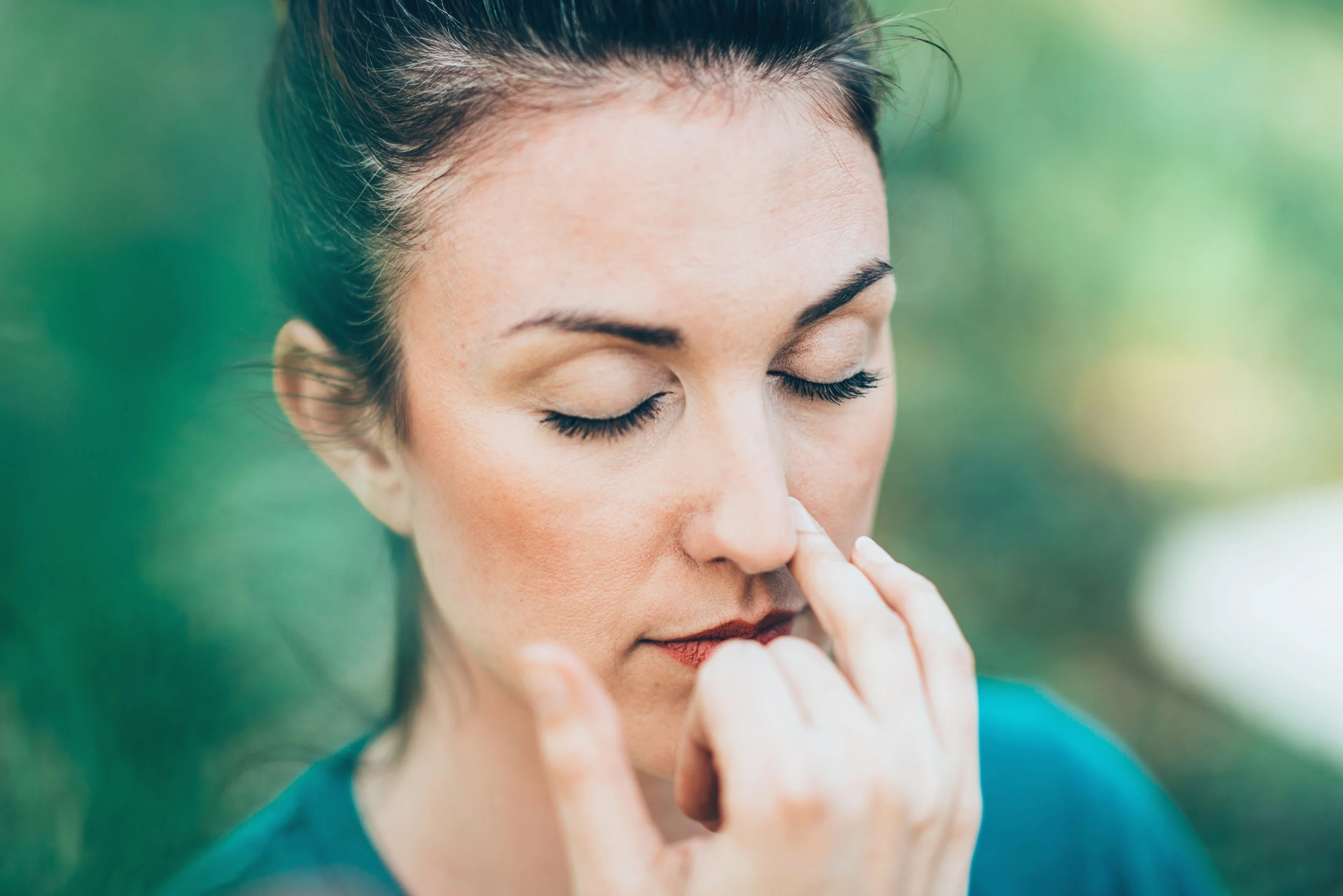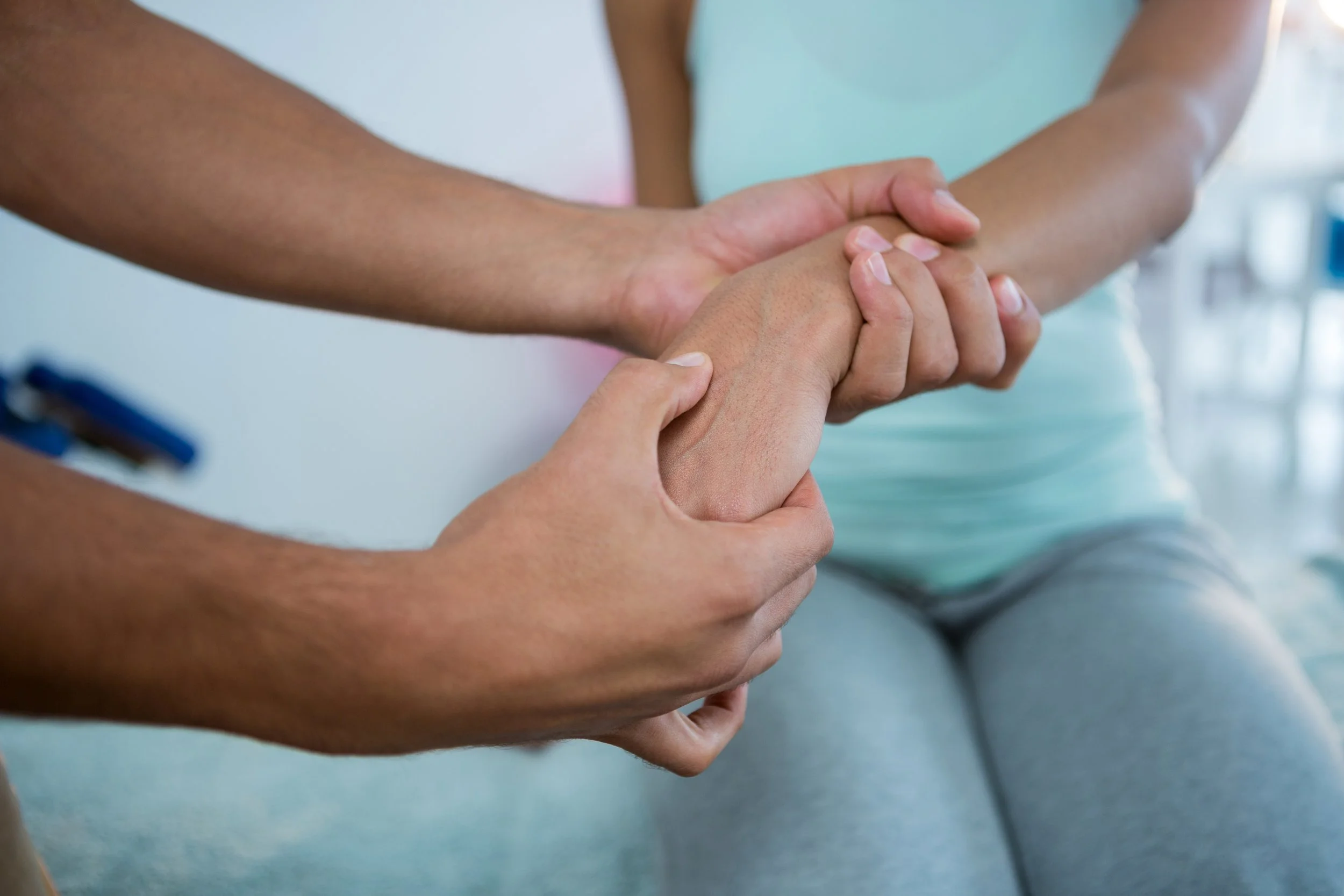6 Benefits of Massage Therapy
/Sure, it can help you relax. But massage therapy can do much more than that. Here are six healthy reasons to book an appointment.
1) It counteracts all that sitting you do
“Most individuals are dealing with some kind of postural stress,” says Aaron Tanason, registered massage therapist, kinesiologist and owner at Paleolife Massage Therapy in Toronto. “More often than not [that stress] tends to manifest in the shoulders and neck.”
Desk workers, beware. More advanced forms of postural stress “show up as pain or weakness in the low back and gluteals caused by prolonged periods of sitting.”
Luckily, massage can counteract the imbalance caused from sitting, which means you can keep your desk job-as long as you schedule a regular massage.
2) It eases muscle pain
Got sore muscles? Massage therapy can help. “Massage increases and improves circulation. Just like rubbing your elbow when you knock it on a table helps to relieve the pain,” says Tanason.
A 2011 study published in the Annals of Internal Medicine, found that massage therapy is as effective as other methods of treatment for chronic back pain.
3) It soothes anxiety and depression
“Human touch, in a context that is safe, friendly and professional, can be incredibly therapeutic and relaxing,” says Tanason.
Women diagnosed with breast cancer who received massage therapy three times a week reported being less depressed and less angry, according to a 2005 study published in the International Journal of Neuroscience.
And, a study published in the Journal of the American Academy of Child and Adolescent Psychiatry, found that patients who were depressed and anxious were much more relaxed and happy, and had reduced stress levels after massage.
4) It improves sleep
Not only can massage encourage a restful sleep-it also helps those who can’t otherwise comfortably rest.
“Massage promotes relaxation and sleep in those undergoing chemo or radiation therapy,” says Lisa Marie de Miranda, registered massage therapist and kinesiologist at Paleolife Massage Therapy.
Also, massages help infants sleep more, cry less and be less stressed, according to research from the University of Warwick.
“Most RMTs can do infant massage,” says de Miranda. And if parents want to do it themselves, it comes naturally. “There’s not really a particular technique. Whatever parents normally do to soothe their baby will be effective.”
5) It boosts immunity
A 2010 study published in the Journal of Alternative and Complementary Medicine found that massage boosts patients’ white blood cell count (which plays a large role in defending the body from disease). Additionally, it also “improves immune function for individuals with HIV,” says de Miranda.
6) It relieves headaches
Next time a headache hits, try booking a last-minute massage. “Massage decreases frequency and severity of tension headaches,” says de Miranda.
Research from Granada University in Spain found that a single session of massage therapy immediately effects perceived pain in patients with chronic tension headaches.
This article originally appeared on Best Health & was written by Katharine Watts.











![Self-regulation “control [of oneself] by oneself"](https://images.squarespace-cdn.com/content/v1/55563e14e4b01769086817cb/1542845645966-PO2HGKF5JLUBM45UIWQ3/wee-lee-790761-unsplash.jpg)



















